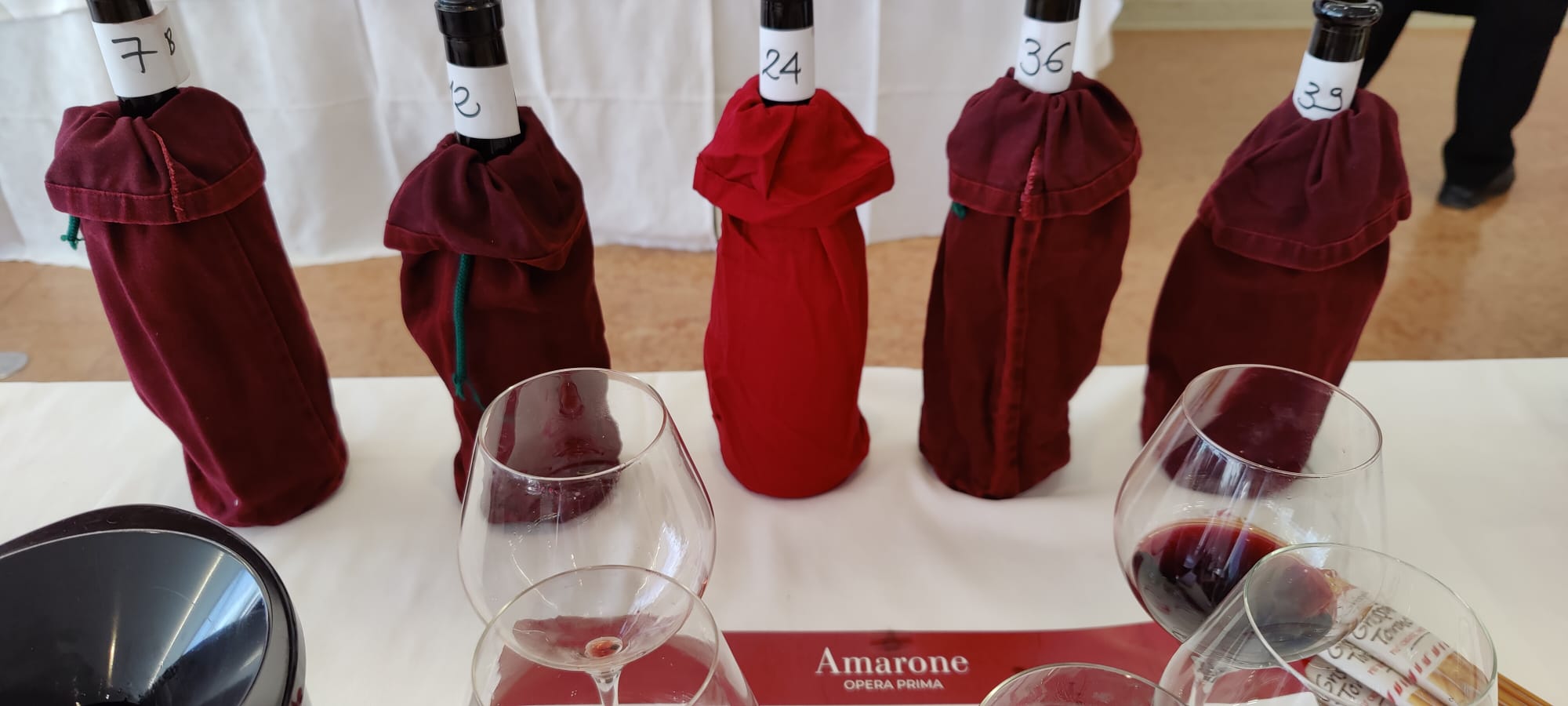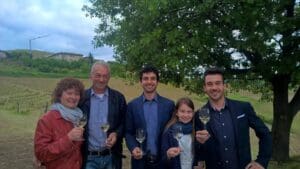I will remember 2017 as a warm year that will require a very poor hand to make an under-ripe wine. Its other challenge was the three plummeting hailstorms. Tasting the Amarone della Valpolicella 2017 vintage at Verona was a matter of finding the one with the best finesse, for there is plenty of richness to go around.
After one year’s break due to the pandemic, this year’s Valpolicella Anteprima returns as the Amarone Opera Prima. Coinciding with the opening of the Verona Opera, the consortium focused this year’s showing on the 2017 vintage, continuing from the 2016 vintage tasted in 2020 February. These wines are already on the market with 2018 being the current vintage.
Hosting a tasting of Amarone della Valpolicella in summer was a challenge. Although the blazing sun and scorching heat from this year’s heatwave dealt a great deal of damage to Western Europe, the afternoon of Verona was not a mild one either. Mid-day weather was consistently above 33 degrees Celsius in the middle of June. The only gain I got was the speed at my laundry turned crispy. This may be the sign of what vintage 2022 might be.
At the tasting, I did a double-blind tasting by choosing wines at random from the pool of covered bottles. This avoided the possibility of bottles being ranked alphabetically or by region by the sommelier team. As mentioned in the opening, there were ample fruit-laden wines with a rich plummy expression. Along with those who tried to tame the fruits with an excessive amount of wood that gave the wine a strong vanilla note.
Of the forty samples presented, the following were those I would gladly put my money on them. They stood out for their drink-ability, fruit freshness coupled with complex appassimento profile, and at times demonstrated excellent judgement of wood usage.
The Classico region
- Tenute SalvaTerra
A very classic style of Amarone della Valpolicella. Plummy nose with lightly dried figs but on the palate, the wine is fresh, bright and juicy. - Santa Sofia
An abundance of dried floral notes (potpourri in a glass) underlined with a good core of cherry fruit flavour. Well extracted and polished fruit tannins. - Terre di Leone
A husband and wife team produces a total volume of between 30 and 40 thousand bottles a year. Apparent pepper note on the nose and violets on the palate. A zesty style with its energetic acidity. - Vigneti di Ettore
Sweet cherry notes lined with a streak of woody touch. Tannins were fleshy and supple with a vibrant backbone.
The Valpantena region
- Corte Figaretto
A whiff of sweet wood smoke, and intense plum core. While this did not immediately appeal to me with its plummy intensity, the balance and structure deserve merit.
The eastern region
- Ca del Sette Vini
Peppery with a fresh violet undertone. Entry to the palate was vibrant and finishes with velvety smooth and balanced acidity. It appears this winery doesn’t list its Amarone della Valpolicella online and the wine of the same name was marketed as Veneto IGT. - Massimago
Light sandalwood, a touch of cacao and coffee over the cherries note. Palate sensation is very well defined. Fleshy and round on the palate but not chunky thanks to the excellent oak management. More than a century old, the winery was relaunched in 2003 by Camilla Rossi Chauvenet and certified organic in 2014. - Fattori
Red floral with a peppery undertone, giving an impression of Southern Rhone Grenache. Lively on entry; rich, round, yet lifted on the mid, and finishes off with crunchy cherries. - Le Guaite di Noemi
Distinctive herbal notes with a touch of herbaceous and forest underbrush. Very good structure for this wine. A strong contrast to the fruit-driven style, this Amarone della Valpolicella is more earthy and wild. - Secondo Marco
Ripe stewy fruits, almost like a cherry pie. Palate entry isn’t heavy, but tannins are taut with bright acidity. Ends with a nice cherry-compote finishing.
This year’s tasting of 2017 uncovered a few less familiar wineries outside of the Classico region, which demonstrated that the change of climate had also benefited other valleys that had traditionally been cooler and less optimal for ripening. Change is the only constant, and this seems like an equitable change.




